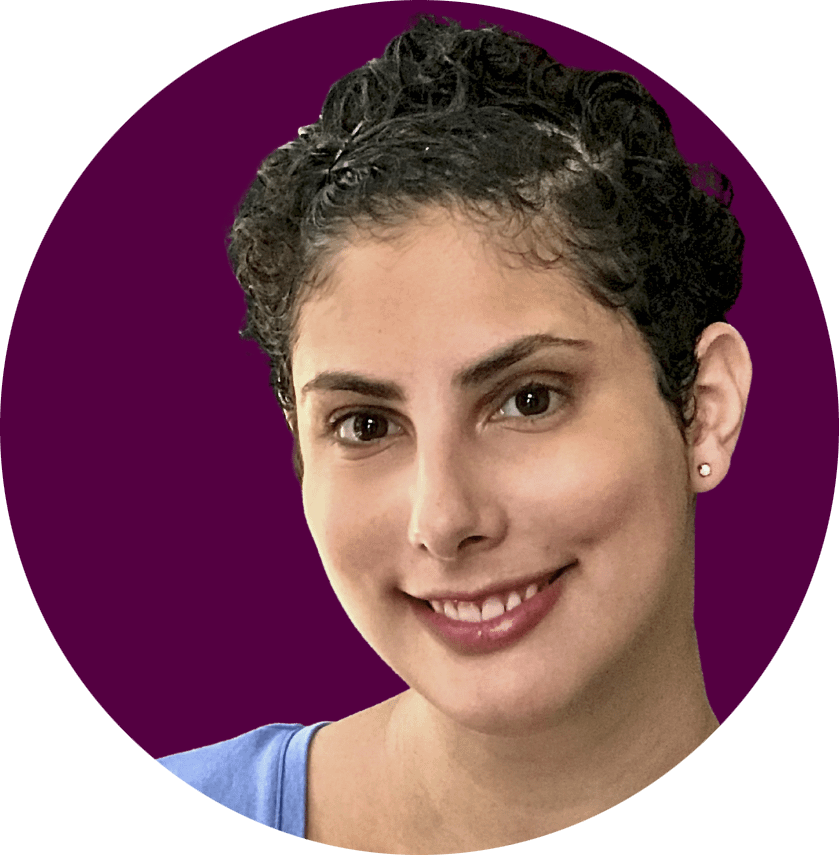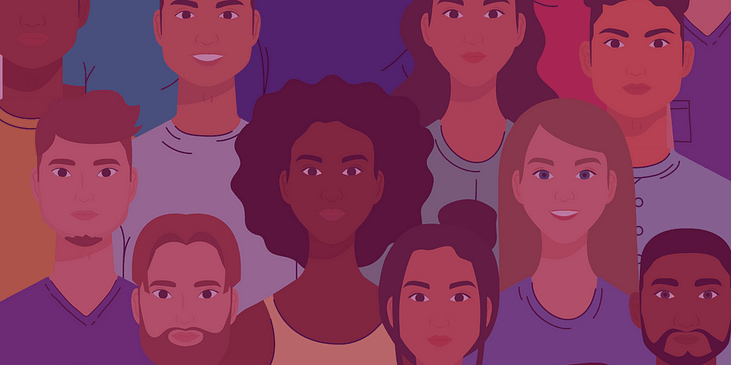By Drew Dakessian
The word ‘disability’ might call to mind an image of someone who uses a wheelchair, crutch or other mobility devices. Why? Because these mobility devices are visual indicators that a person is disabled. But many disabilities are not visually discernible. In fact, the majority of disabilities are non-apparent. And yet, this kind of non-visible disability, known as a non-apparent disability, is a concept unfamiliar to much of the nondisabled population. Consequently, people with non-apparent disabilities face discrimination just as those who are visibly disabled do.
Some of the most common non-apparent disabilities are Alzheimer’s, anxiety and/or depression, arthritis, Inflammatory Bowel Disease, Deafness, diabetes, epilepsy, fibromyalgia, post-traumatic stress disorder, attention-deficit hyperactivity disorder/attention deficit disorder (ADHD/ADD), traumatic brain injury, Usher syndrome, bipolar disorder, cystic fibrosis, and multiple sclerosis.
A unique form of ableism
Unlike visibly disabled people, those who are non-visibly disabled can “pass” as non-disabled, so they get to avoid some of the discrimination that others with visible disabilities have to contend with daily. Nevertheless, those who have non-apparent disabilities also experience a unique form of ableism. Many nondisabled people are ableist in that they seldom start from a place of understanding, patience, and tolerance. Their MO, instead, is often, “I’ll believe it when I see it.” As someone who lives with ADHD, I have found that because my symptoms have no perceptible external source, people interpret them as character flaws. They assume my clinical lack of motivation is laziness and my difficulty absorbing complex information is plain old stupidity.
Such intolerance usually isn’t deliberately malicious, but ignorance can be just as harmful as intentional cruelty. And my experience is not uncommon. People with non-apparent disabilities often hear that they are “faking it” and do not “look disabled.” Chloé Hayden, a disabled influencer, constantly receives negative feedback from cyberbullies who say she is not autistic because she doesn’t fit the stereotypical “autistic” profile that has been perpetuated in popular films and television shows like “The Good Doctor,” and “What’s Eating Gilbert Grape?” where nondisabled actors falsely portray what it is like to be autistic.
On top of being cruel and insulting, calling into question the legitimacy of a non-visibly disabled person’s disability further perpetuates ableism. Challenging someone with a non-apparent disability’s lived experience is nothing more than erasure. It diminishes their sense of self-worth. Feeling that they don’t deserve it, or that they won’t be believed, they may forego seeking accommodations at school, work, or events. Unless those with non-apparent disabilities can “prove” they have a disability, employers and educators may mistakenly think they’re under no obligation to accommodate them. And even if people with non-apparent disabilities manage to convince their employers that they are, in fact, disabled, their disabilities may still go overlooked.
A former boss once told me not to use my ADHD “as a crutch.” But he and I both knew that what he meant was that I shouldn’t use my so-called ‘disability’ as an excuse. He thought he was going above and beyond simply by believing I had a disability (and that ADHD even qualified as a disability). It never crossed his mind that he might have to make concessions, such as agreed-upon flexible deadlines. In his eyes, he had met his end of the bargain just by hiring me. So when it came down to it, he still held me to the same standards as his non-disabled employees. But that meant I was also subject to the same penalty if I failed to meet those standards — which I was inherently more likely to do.
In general, it often falls to non-visibly disabled people to figure out how to combat this discrimination via inclusive employment tools and technical assistance. That said, many people with non-apparent disabilities never enter the workplace at all. Knowing that their disability may adversely affect their ability to get a job, many invisibly disabled people forego applying. Thus, both actual and potential discrimination has resulted in a workforce with fewer disabled employees. What’s more, in the workplace and at school, revealing their disabled status to their coworkers and peers exposes those with non-apparent disabilities to skepticism from people they should be able to trust, and at worst, outright ostracization and loss of access to that environment and its resources.
There is good news, though: This problem is entirely solvable.
In the professional world, for example, managers, department heads, and all other supervisors can implement company-wide disability awareness and inclusion training. And they can ask what accommodations their employee needs to be successful and then honor their request. Employers can also implement mechanisms where employees can express their access needs anonymously. In our recent blog post How to Create an Inclusive Work Environment for People with Disabilities, we provided detailed tips for employers to accommodate non-apparent disabilities.
That said, all members of society can up their non-apparent-disability-inclusivity game if they choose. Take a moment to put yourself in our shoes. Think about how you would feel if you carried an immense burden — and how upsetting it would be if you were the only one who knew about it and had no support. This is an experience that many marginalized people have, disabled or not – and we know this hurts people deeply. So when someone tells you they have a disability, don’t question its existence or validity. Just trust them — but never presume that someone has a non-apparent disability, no matter whether they behave like someone you know who does.
The key to being an ally to people with non-apparent disabilities boils down to empathy. Allow people with non-apparent disabilities to tell their own stories and listen to them when they ask for accommodations. When we believe, support and include people with non-apparent disabilities, we help to shape a society that is welcoming of all people with disabilities.

Drew Dakessian is a Freelance Writer for WID.


0 comments on “Non-Apparent Disabilities: When Your Disability is Not Visible”